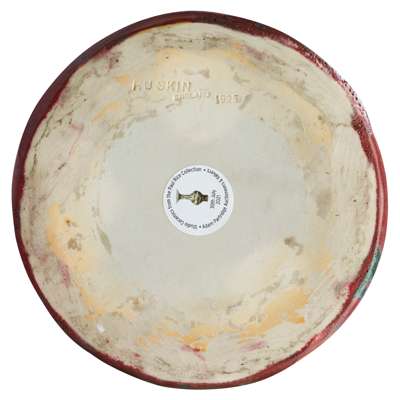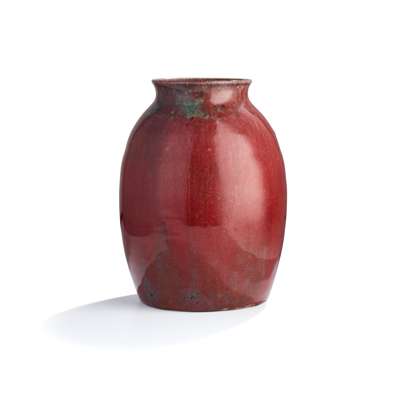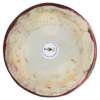
Lot 102

RUSKIN POTTERY
HIGH-FIRED VASE, 1925






Auction: 19 March 2025 from 10:00 GMT
Description
impressed RUSKIN ENGLAND 1925, flambé glaze, stoneware
Dimensions
23cm high (9in high)
Provenance
‘Paul Rice Collection’, Adam Partridge, Macclesfield, 30th July 2021, lot 2
Footnote
What distinguishes Ruskin Pottery even today is the glazes – crystalline, lustre and sang de boeuf (or high-fired flambé). The latter was created using copper and iron oxides.
Founded by Edward R. Taylor in 1898, the studio pottery was then continued by his son William Howson Taylor (1876-1935). It was located in Smethwick in Staffordshire. Historically it can be viewed as part of a revival of interest in ceramics in Europe inspired by Chinese glazes and oriental forms. Potters sought to create new glaze effects. From about 1903 William Howson Taylor developed a range of glazes in particular flambé and for the next thirty years he continued to experiment. The works he conceived can be compared to those of Chapelet, Delaherche and Dalypayrat in France. As no one glaze can be repeated each piece produced in the pottery can be regarded as unique.
At its peak the pottery had twenty employees, five lustre kilns and one high-firing kiln. In 1933 the pottery closed.






